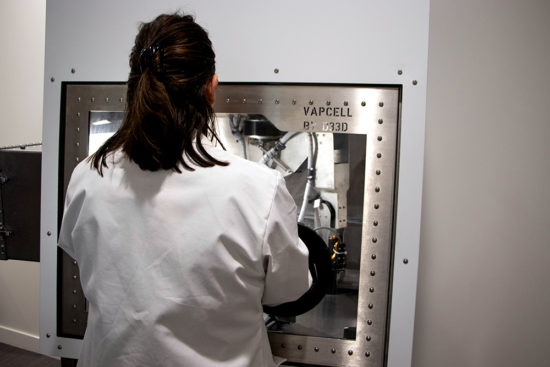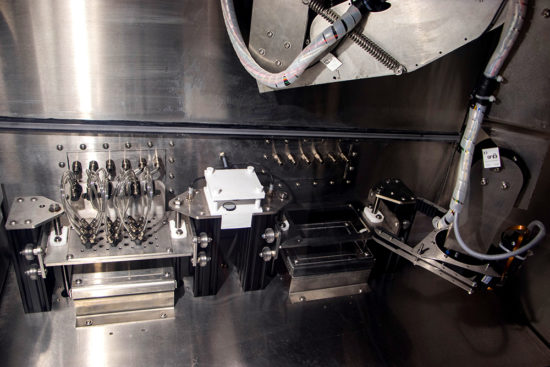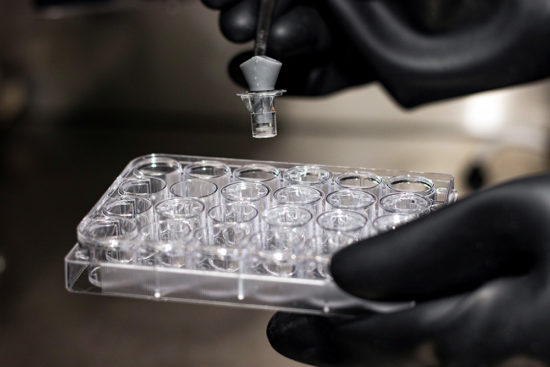
Turn your smartphone in portrait mode
to consult our site correctly, thank you!

Turn your smartphone in portrait mode
to consult our site correctly, thank you!
To observe and understand the toxicological impact of vaporisation products on lung tissues.
For several years, the electronic cigarette industry has been regularly targeted by studies establishing links between vaping and the appearance of health problems with users. Looking at them closely, they are often rebuttable because of the methods used, the lack of academic rigour or unrealistic interpretations of the results. These studies are rapidly dismissed by the pro-vape scientific community.
To redress this lack of rigour and reliability, our laboratory opened a biology section in 2018. Already recognised for its expertise in physics and chemistry, at the same time our team initiated a study project called VapEcell supported by the Nouvelle-Aquitaine region.
Its goal is to determine the impact of vaping products on the lung tissues by taking into account both the composition of the e-liquid and also the user’s behaviour. It is a key subject for advancing towards an overall understanding of this phenomenon and learning about its effects on human health.
VapEcell is a programme of studies which combines the use of a U-SAV vaping robot and a sterile incubator equipped with a robotic arm. Its goal is to be able to expose simultaneously up to 18 lung tissues in a casing suited to cell culture. For this purpose, it has to contain a protective atmosphere at a temperature of 37°C, containing 5% CO² and 100% humidity level.
Unlike some studies that use genetically modified tissues, quicker to develop a cancer, VapEcell only uses healthy lung, heart or renal tissues, from biopsies of human lungs. Control of the exposure conditions of the cells is also a key success factor for this project. This is why, ingésciences has patented a system for passing vapour over the cellular tissues. Our team of scientists had developed an exposure protocol simulating a “typical” day of vaping, alternating phases of vaporisation and pause periods. To best represent the reality of use, one passing of air flow is also planned after each suck or puff.
This is a major scientific advance because up to now, the test protocols performed were not realistic. They involved overexposure causing inevitable cellular death. The use of a U-SAV robot vaper makes it possible to reproduce the typical day of a vaper by enabling modulation of the physical parameters (temperature, power, puff time) causing variable exposure levels.
This programme should enable the study, altogether, of the actual toxicological impact of vaporisation of the products, while considering the user’s behaviour. Its strength lies in the capacity of our team to control all the physical, chemical and biological parameters related to the vaporisation phenomenon in order to obtain reliable results. In order to ensure its neutrality, this project is supervised by an ethics committee including Dr Eric Blouin, toxicological expert from Physiotox, and Prof. Frédéric Becq, teacher-researcher at the University of Poitiers.
In order to answer the lack of objective information and data on vaping products, OpenSciences wishes to establish a mapping of the different practices observed with consumers with a view to making them aware and providing valuable data to public health actors and medical professionals in France and abroad.

Robotic incubator of the VapEcell programme

VapEcell: Interior of the protective chamber

Patented system for passing vapour
Do you want to know more about the VapEcell project?
Programme, experience, publication
